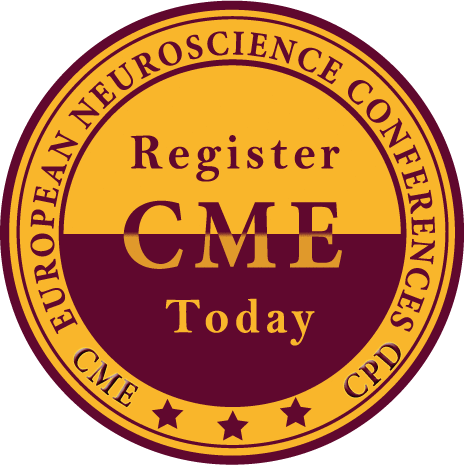Xue Deng
The University of Hong Kong, China Panel Discussion
Title: Exploration of Use of Ultrasound to differentiate Carpal Tunnel Syndrome Associated With Axonal Degenaration
Biography
Biography: Xue Deng
Abstract
Nerve conduction studies (NCS) is clinically used to confirm the diagnosis and grade the severity of carpal tunnel syndrome (CTS), a median nerve entrapment due to chronic compression at wrist. However, the NCS cannot differentiate
the CTS with demyelination alone from the disease with secondary axonal degeneration. As a cross-validated and sensitive diagnostic tool with NCS, it is unknown if ultrasound (US) can compensate the deficit. This study aimed at exploring US to differentiate demyelinated CTS from that in association with axonal degeneration. We studied 75 demyelinated CTS hands
and 93 demyelinated CTS hands with axonal degeneration by comparing cross sectional area (CSA-W) and perimeter (PW) of median nerve at wrist, ratio of CSA and P of wrist over mid-forearm (R-CSA, R-P) measured by US. Results revealed significant differences in CSA-W (p<.0001), P-W (p<.0001), R-CSA (p=.007, p<.05) and R-P (p<.0001). ROC curves indicated poor-to-fair accuracy of CSA-W (Area=.626, p<.0001); P-W (Area=.695, p<0.0001), RCSA (Area=.601, p=.025, p<.05) and R-P (Area=.662, p<.0001). Our findings were consistent with previous relevant studies. We conclude that US may be potentially used to differentiate demyelinated CTS from that with axonal degeneration in clinical practice.

